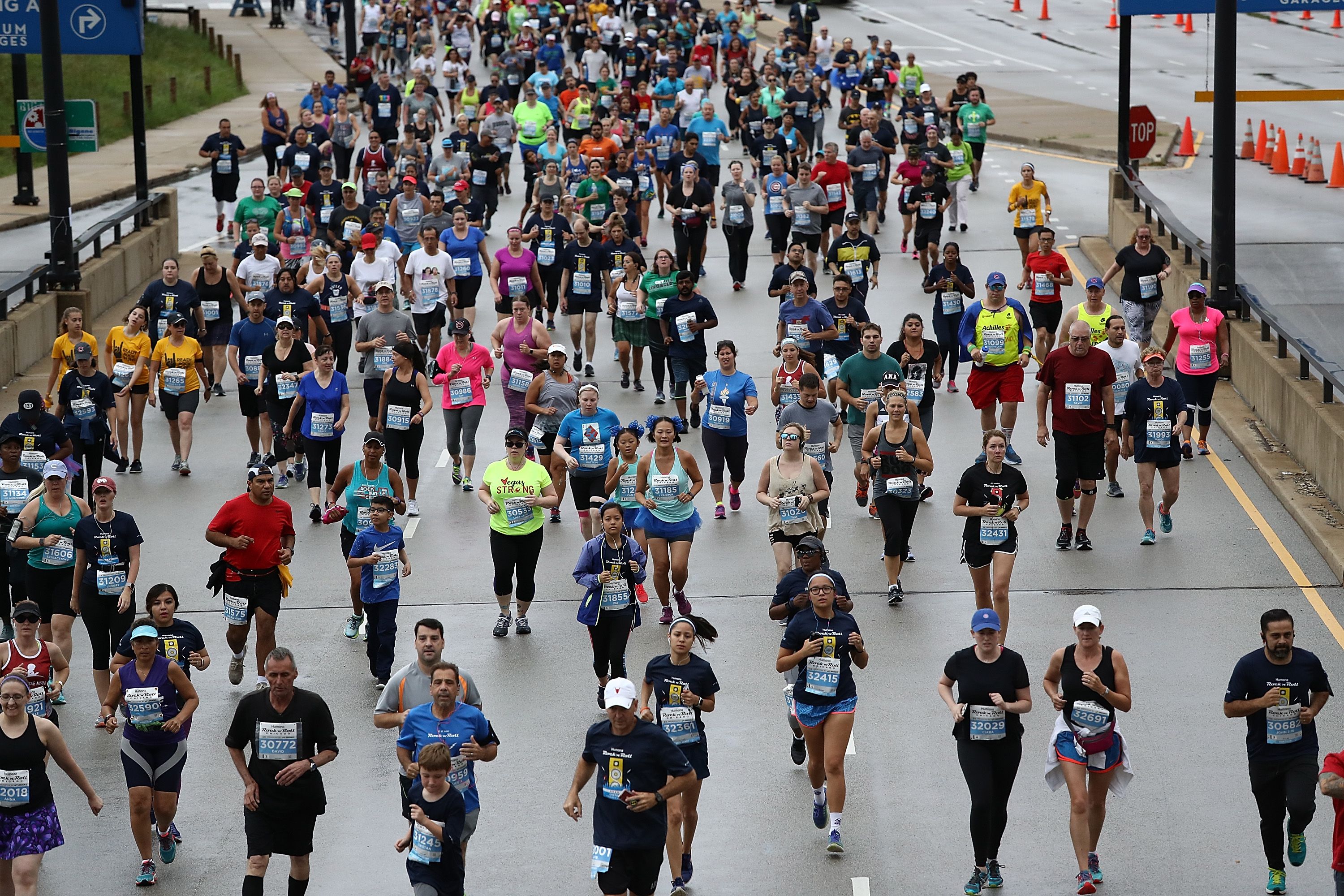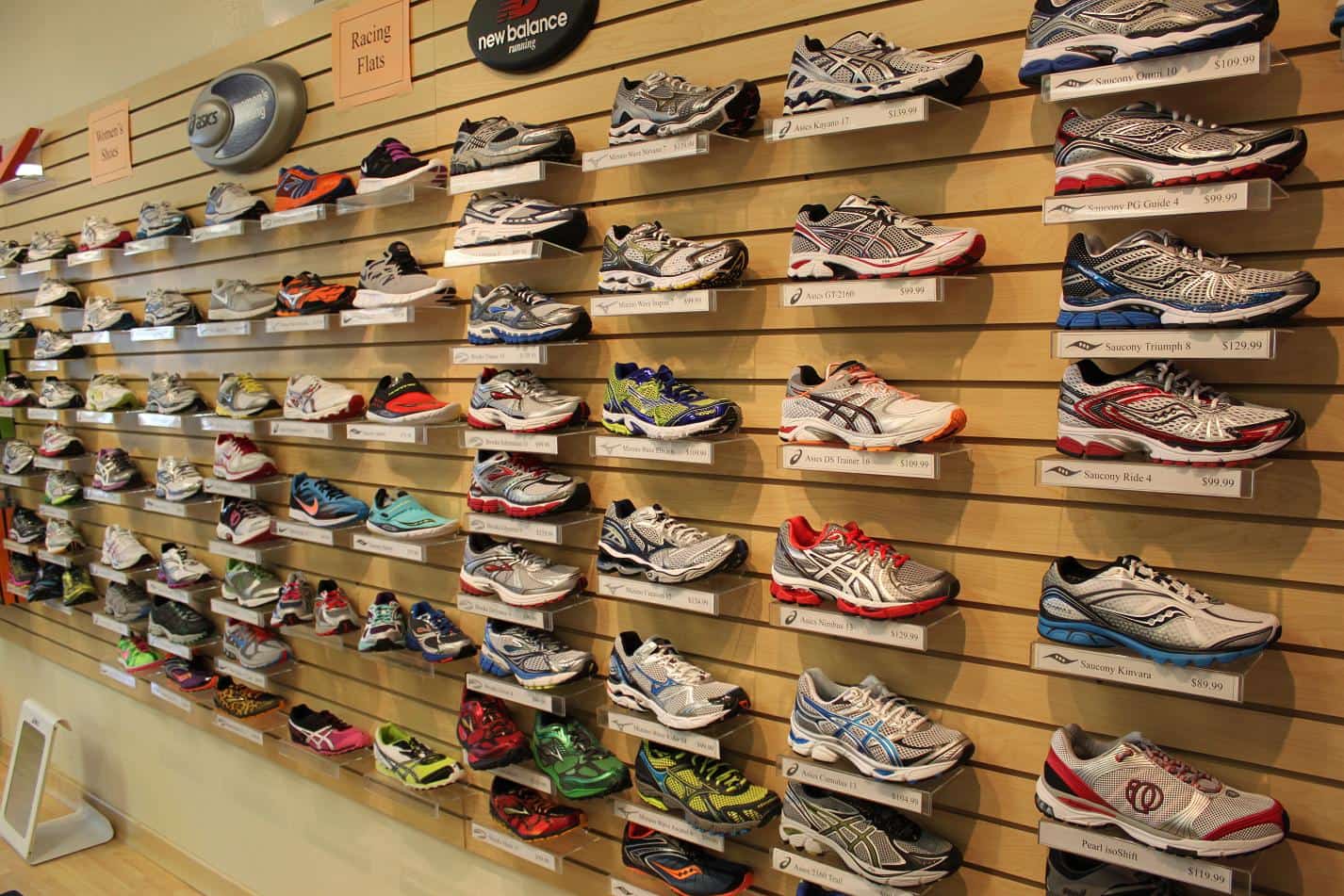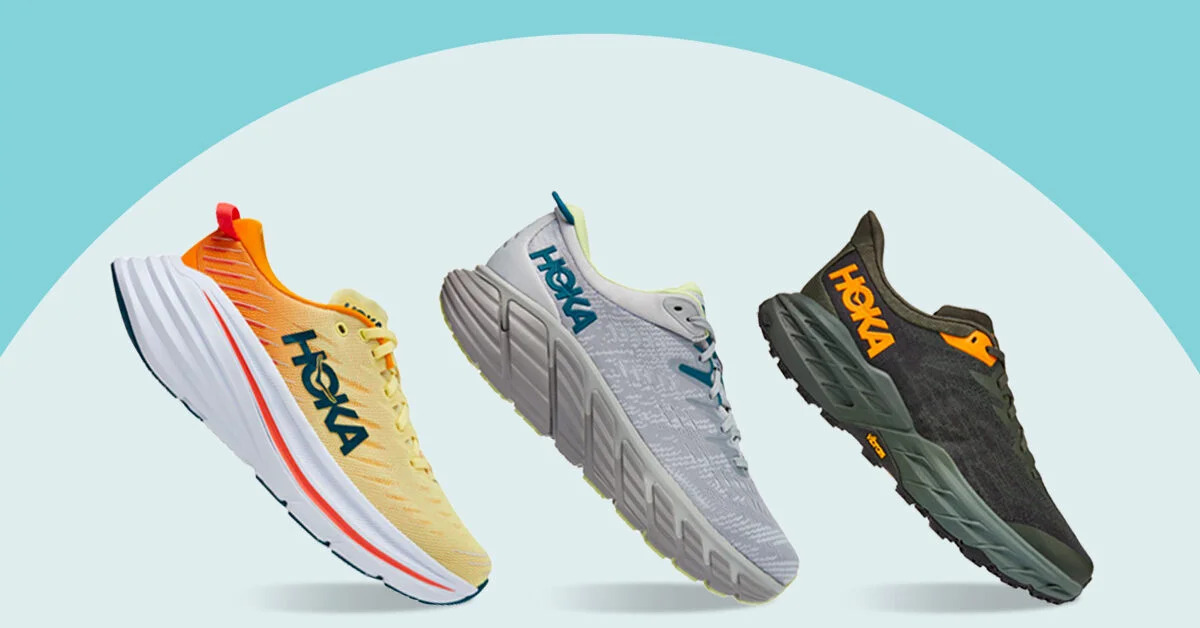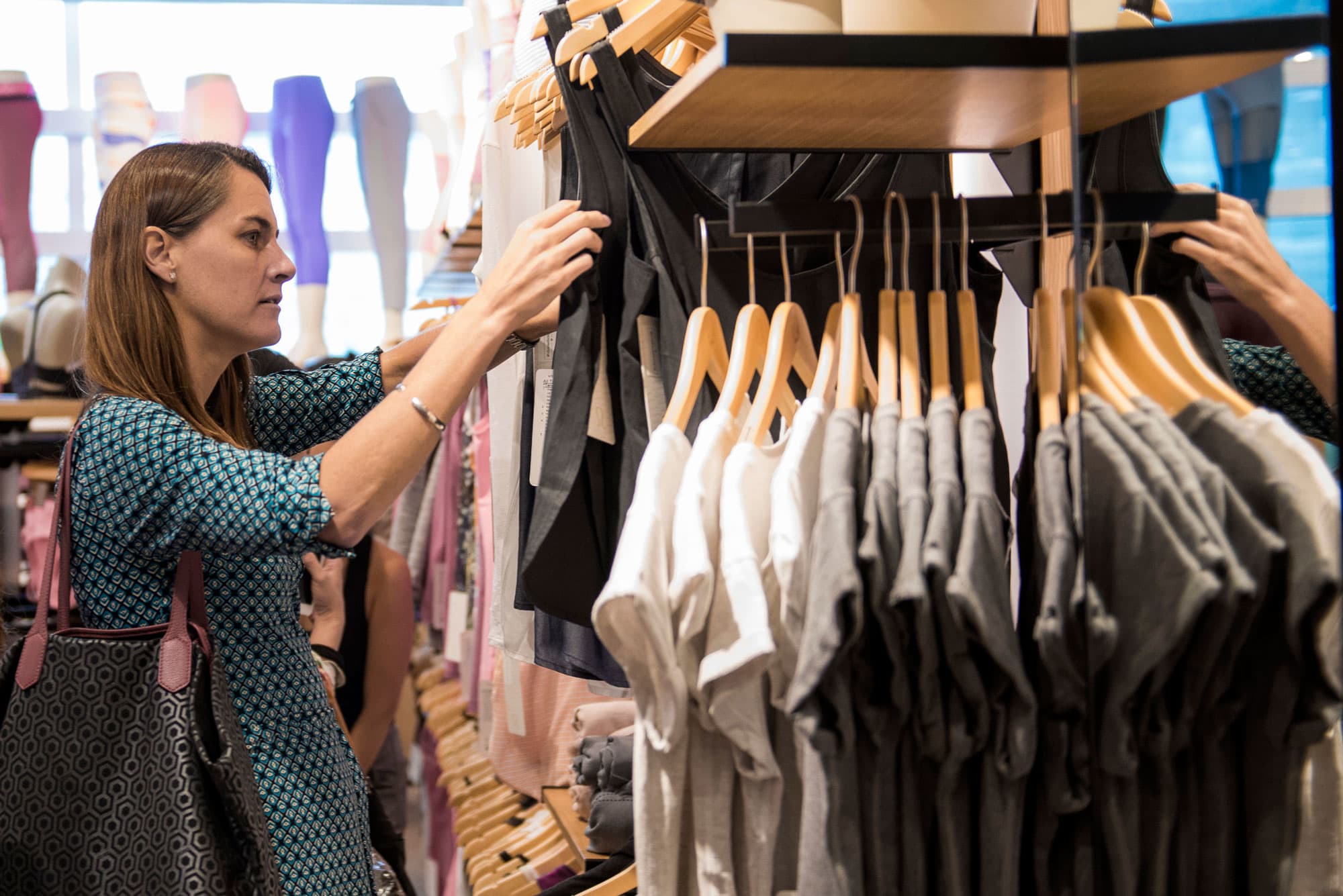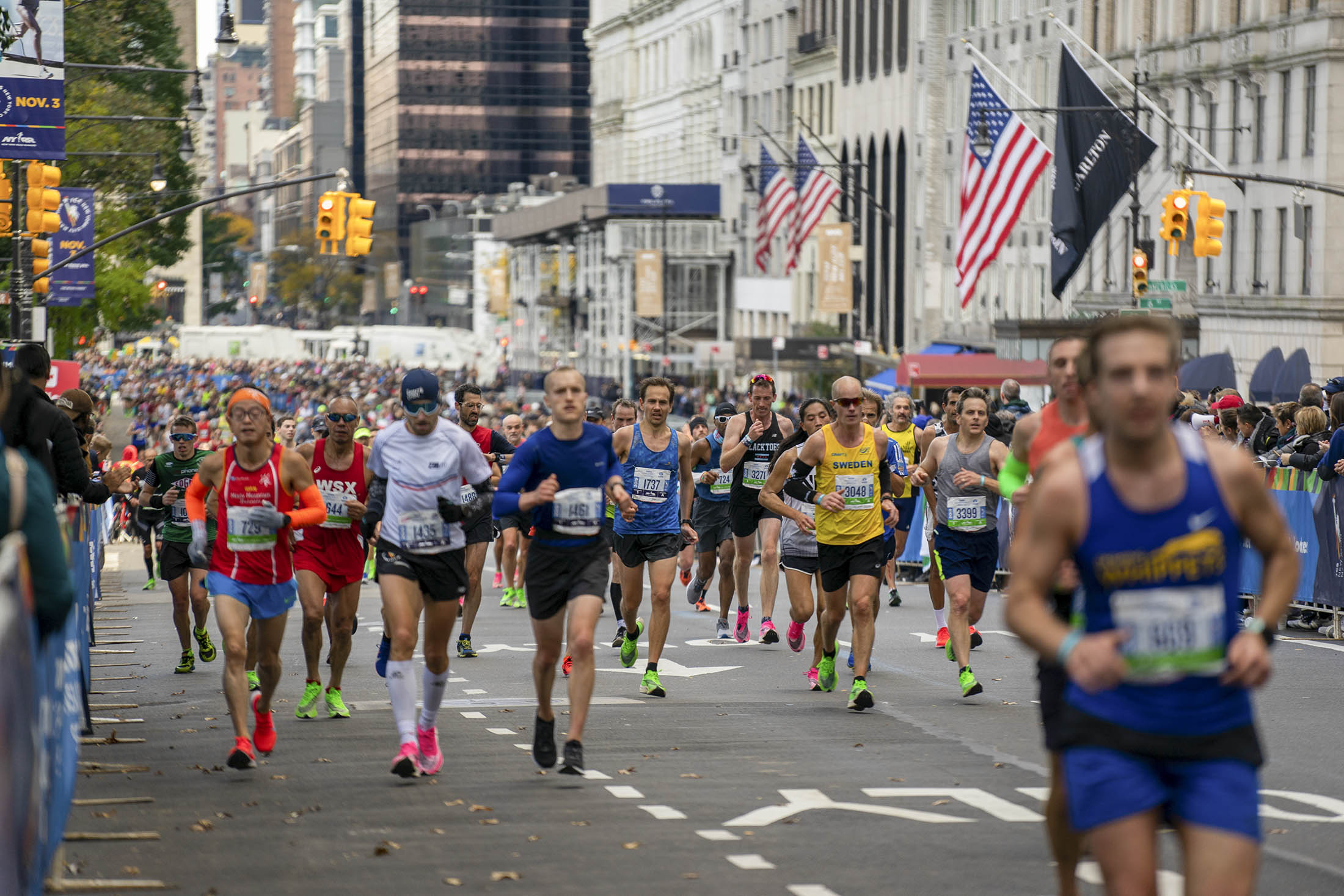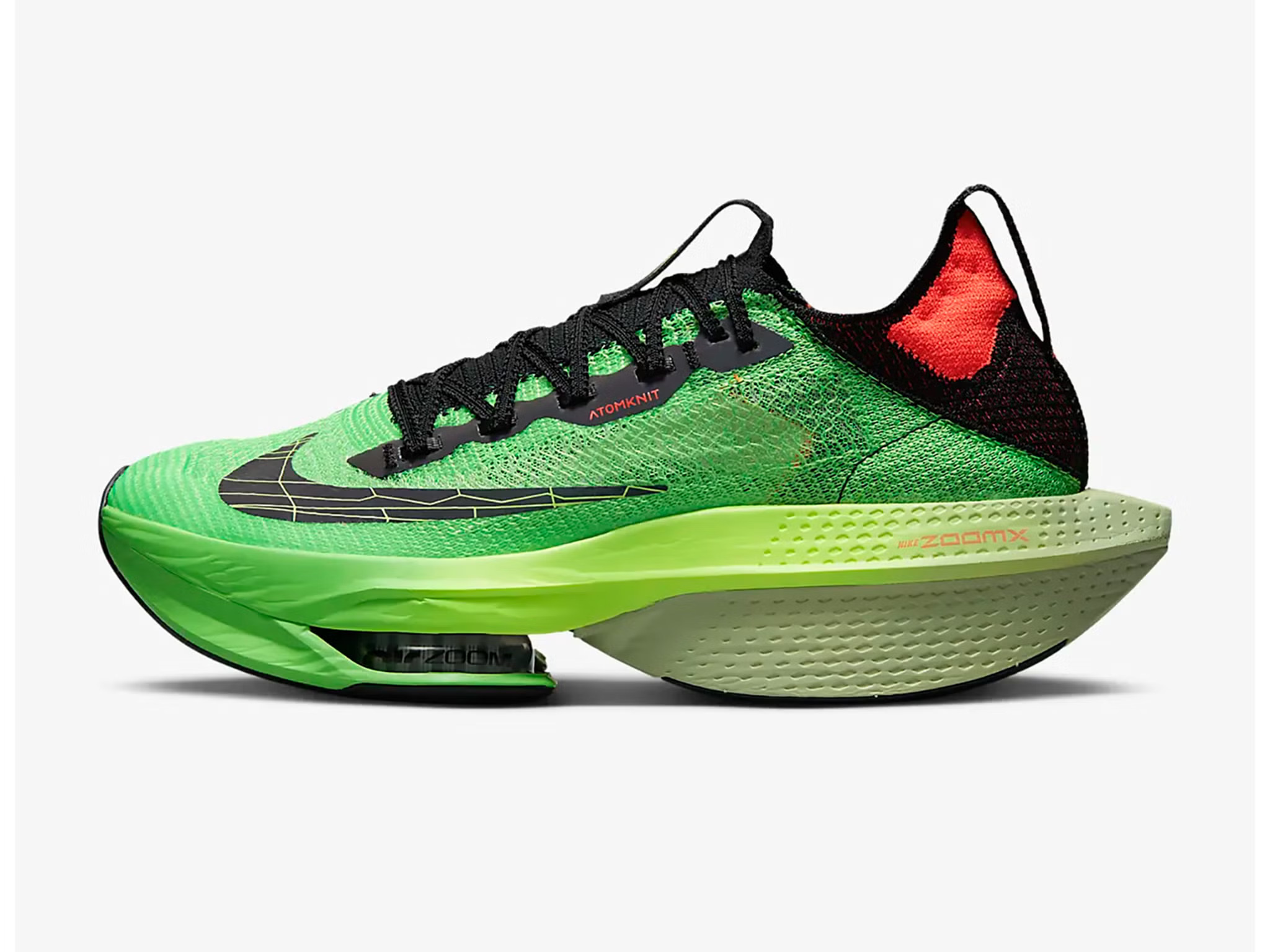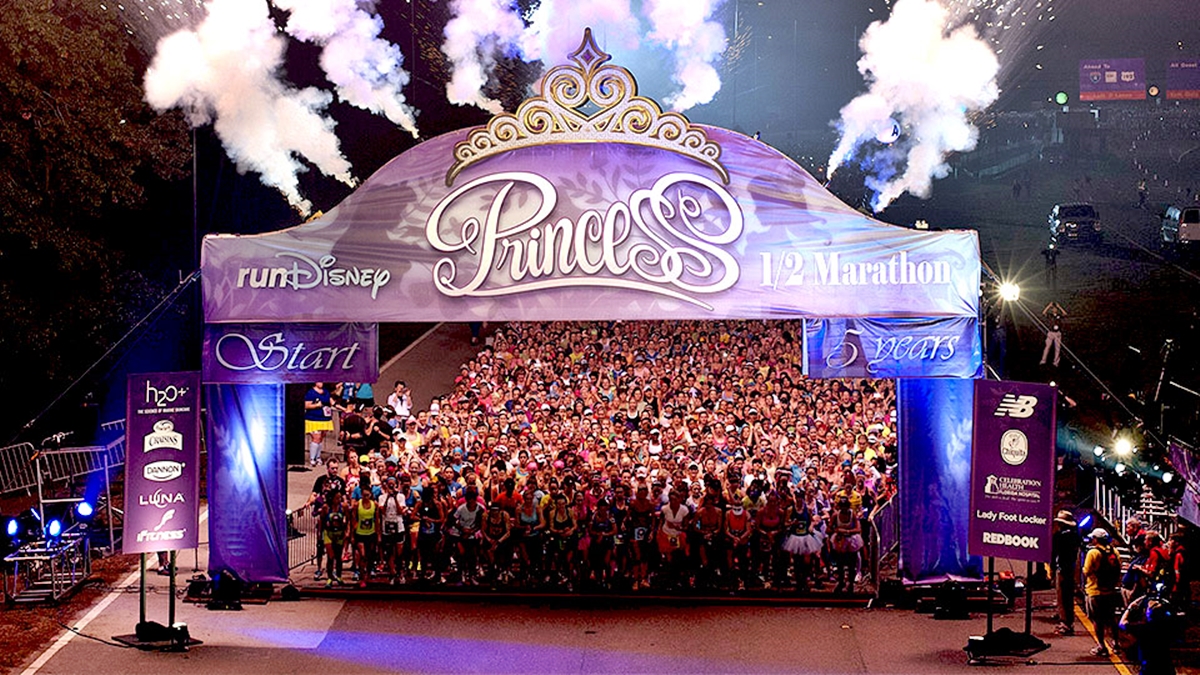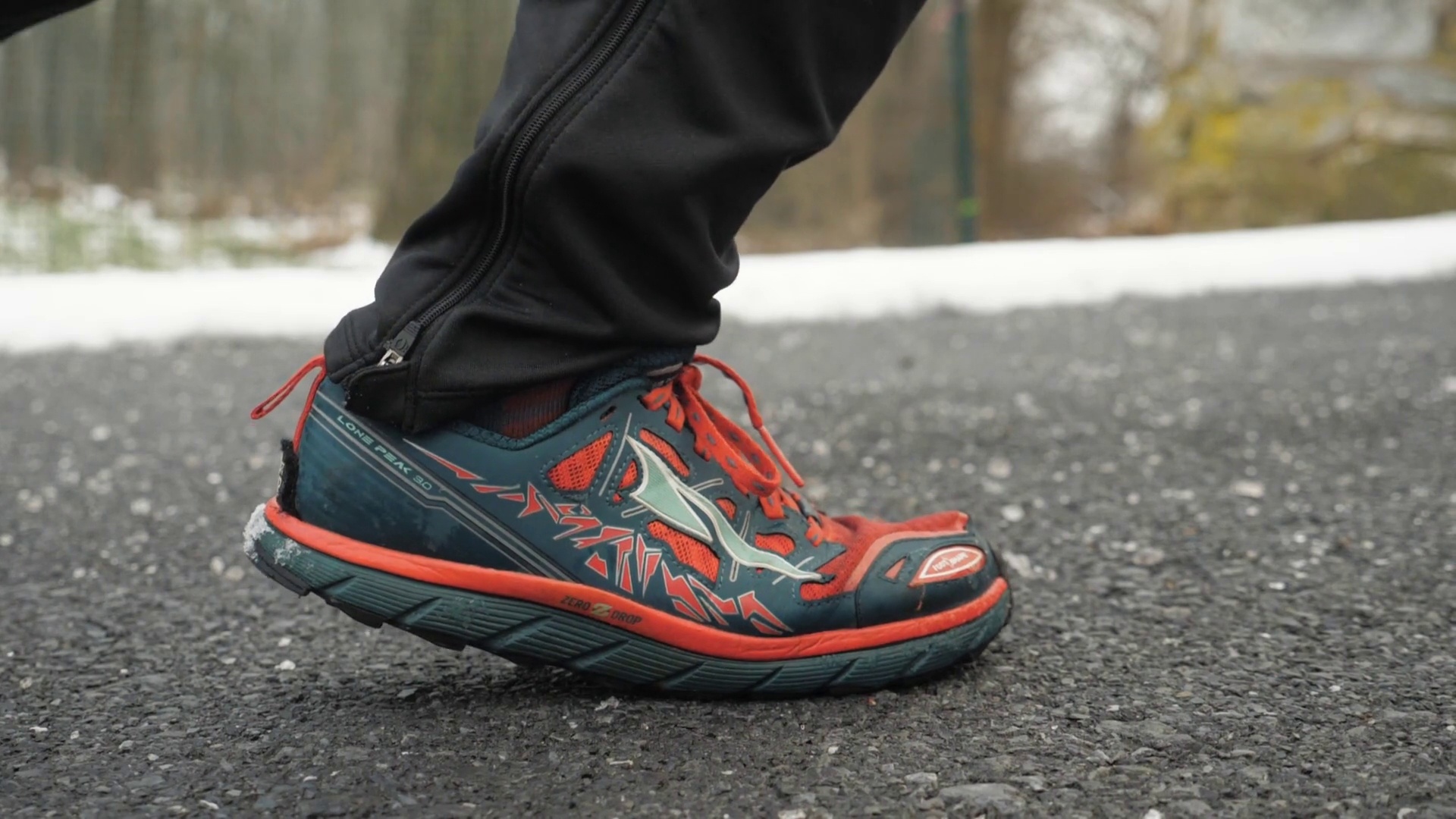Home>Misc>Product Reviews>How Much Do Good Running Shoes Cost
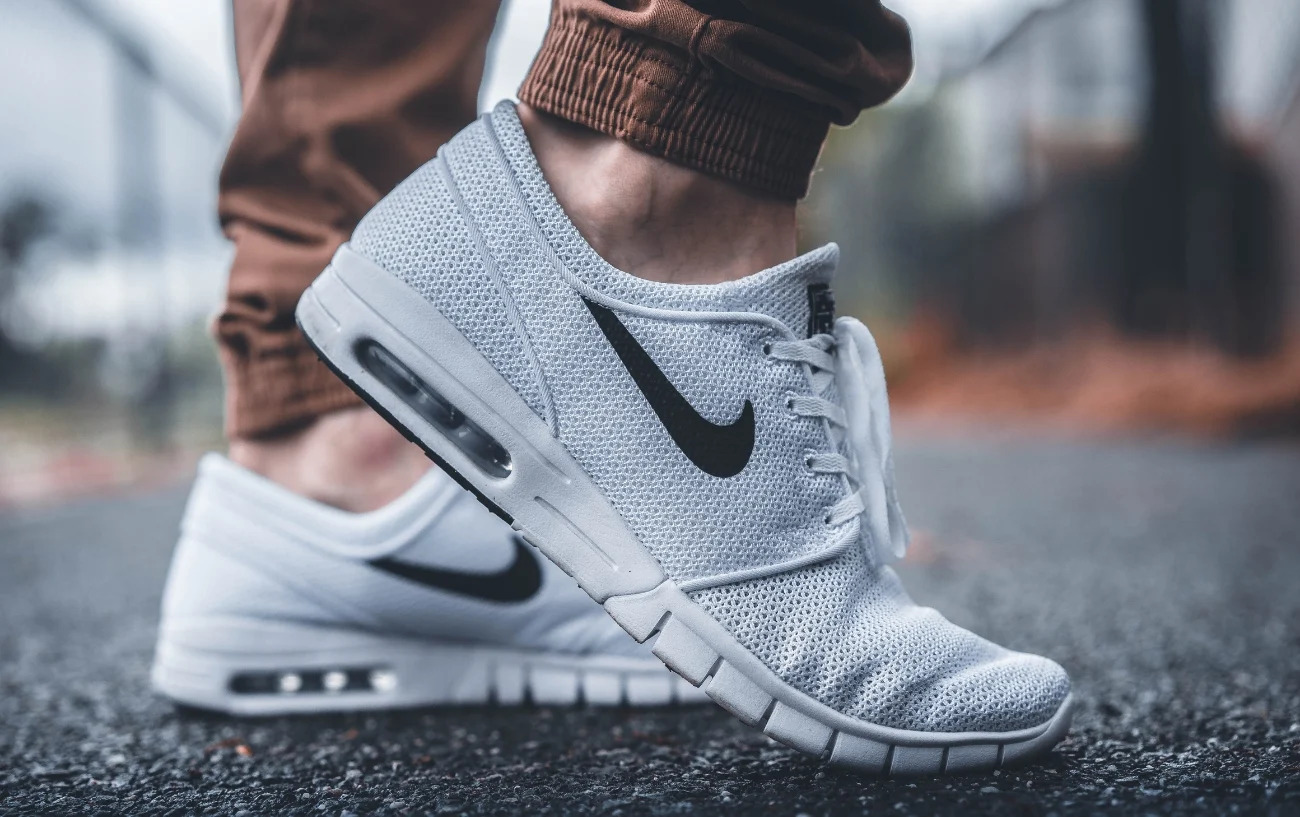

Product Reviews
How Much Do Good Running Shoes Cost
Modified: August 19, 2023
Get the lowdown on the cost of quality running shoes. Our product reviews reveal the average price for reliable footwear.
Introduction
When it comes to running, having the right pair of shoes can make all the difference. Not only do good running shoes provide comfort and support, but they also help prevent injuries and enhance performance. However, as with any product, the cost of running shoes can vary significantly.
In this article, we will explore the factors that influence the cost of running shoes and provide an overview of the different price ranges available in the market. Whether you’re a beginner looking for your first pair of running shoes or a seasoned athlete in search of high-end performance footwear, understanding the factors that contribute to the cost will help you make an informed decision.
It’s important to remember that the price of running shoes is not solely determined by the brand name or popularity. There are various factors that influence the cost, including the materials used, technology incorporated, brand reputation, and market demand. By understanding these factors, you can better assess the value you are getting for the price you pay.
Investing in a good pair of running shoes is essential for anyone serious about running or even for those who enjoy the occasional jog. The right shoes can provide the necessary support and cushioning, reducing the risk of injuries, and improving overall performance. However, it’s also important to find a balance between your budget and your needs. While high-end running shoes can offer advanced features, not everyone may require or be willing to pay for them. On the other hand, budget-friendly running shoes can still provide adequate support and comfort for casual runners.
In the following sections, we will explore the different price ranges available for running shoes and discuss the features that you can expect in each category. Whether you’re looking for entry-level shoes for occasional running or specialized footwear for specific conditions, understanding the options available at different price points will help you make an informed decision.
Factors that Influence the Cost of Running Shoes
Several factors contribute to the cost of running shoes. Understanding these factors will give you insight into why some shoes are priced higher than others and help you determine which features are worth the investment for your specific needs.
- Brand Reputation: Established and reputable brands often command higher prices due to their track record of quality and innovation. These brands invest heavily in research and development to create cutting-edge technologies and materials.
- Materials Used: The materials used in the construction of running shoes can significantly impact their cost. High-quality materials such as breathable mesh, durable synthetic uppers, and responsive cushioning systems will generally increase the price.
- Technological Features: Advanced technological features like gel cushioning, carbon fiber plates, and energy-returning midsoles can enhance performance but often come at a higher cost. These features are designed to provide greater comfort, support, and even improved energy efficiency.
- Specialized Support: Some running shoes are designed to address specific biomechanical issues or cater to runners with specific needs. For instance, shoes with motion control features or extra stability elements may have a higher price tag due to the added design and construction complexity.
- Marketing and Demand: Aggressive advertising campaigns and high demand can also drive up the cost of running shoes. Popular models endorsed by professional athletes or worn in major races may carry a premium price.
Keep in mind that while these factors contribute to the cost, they don’t necessarily guarantee a better running experience for everyone. It’s important to consider your individual needs, running style, and preferences when choosing a pair of running shoes.
Next, let’s explore the different price ranges of running shoes, from entry-level options to high-end performance footwear.
Entry-Level Running Shoes
Entry-level running shoes are an ideal choice for beginners or those who run casually and are looking for an affordable option. These shoes typically offer basic features and functionality without the advanced technologies found in higher-priced models.
Entry-level running shoes are designed to provide adequate cushioning and support for everyday running, making them suitable for shorter distances or low-intensity workouts. They are often made with less expensive materials, such as synthetic uppers and standard foam midsoles, which helps keep the cost down.
While entry-level running shoes may lack some of the bells and whistles of their more expensive counterparts, they still deliver reliable performance and comfort for most runners. They are a great starting point for beginners as they allow you to ease into running without breaking the bank.
Price-wise, entry-level running shoes will typically range from around $50 to $100. Prices can vary based on the brand, region, and specific model. It’s important to note that while entry-level shoes may have a lower price tag, they still provide the necessary support and cushioning for most recreational runners.
When considering entry-level running shoes, look for characteristics such as a comfortable fit, adequate cushioning, and good traction. These shoes may not have the same level of durability or high-tech features as more expensive options, but they will still provide the necessary comfort and support for your running needs.
Ultimately, entry-level running shoes are a budget-friendly option that allows beginners and casual runners to enjoy the benefits of running without breaking the bank.
Mid-Range Running Shoes
Mid-range running shoes offer a step up in terms of features and performance compared to entry-level shoes. They strike a balance between affordability and advanced technologies, making them a popular choice for both recreational runners and those looking to improve their performance.
In this price range, you can expect to find a wider variety of brands and models, each offering unique features and design elements. Mid-range running shoes often incorporate more advanced cushioning systems for enhanced comfort and shock absorption. Additionally, they may utilize higher-quality materials and construction techniques that improve durability and overall performance.
While mid-range shoes may lack some of the cutting-edge technologies found in high-end models, they can still support a range of running styles and distances. Whether you’re training for a 10K race or enjoying regular runs, mid-range running shoes provide a good balance of comfort, responsiveness, and durability.
When looking at the price point, mid-range running shoes generally range from around $100 to $150. Prices can vary based on the brand, model, and specific features included. It’s worth noting that some mid-range shoes may offer similar features and performance to higher-priced options at a more affordable price point.
When considering mid-range running shoes, look for features such as responsive cushioning, breathable upper materials, and durable outsoles. These shoes are designed to offer a more comfortable and supportive running experience, allowing you to push your limits without compromising on performance.
Overall, mid-range running shoes provide a great balance between price and performance, making them a solid choice for runners seeking durability, comfort, and improved performance without breaking the bank.
High-End Running Shoes
High-end running shoes are the pinnacle of performance footwear, offering the most advanced technologies and materials available in the market. These shoes are designed for serious athletes, competitive runners, or those who require specific features to address their unique needs.
High-end running shoes often incorporate cutting-edge cushioning systems, such as air or gel pods, to provide maximum shock absorption and responsiveness. They utilize premium materials that offer superior comfort, durability, and breathability. Additionally, these shoes may include stability features, such as dynamic support systems or carbon fiber plates, to enhance biomechanical efficiency and prevent injuries.
When it comes to price, high-end running shoes usually range from $150 to $250 or even higher. The price is reflective of the advanced technologies, premium materials, and extensive research and development that goes into producing these top-tier performance shoes.
High-end running shoes are designed for runners who demand the best of the best in terms of performance, support, and comfort. They are particularly beneficial for competitive athletes or those with specific performance goals. These shoes can help improve running economy, reduce fatigue, and enhance overall performance.
When considering high-end running shoes, look for features such as responsive and supportive cushioning, lightweight construction, advanced stability systems, and breathable materials. Additionally, it’s essential to ensure a proper fit, as high-end shoes often come in various widths and offer customizable options.
While high-end running shoes come at a higher price, for runners who prioritize performance or have specific needs, the investment can be well worth it. These shoes can provide a competitive edge and contribute to a more enjoyable and injury-free running experience, especially for those who log high mileage or engage in intense training sessions.
Specialized Running Shoes
Specialized running shoes are designed to cater to specific needs or conditions that go beyond the requirements of regular running. These shoes are developed to provide targeted support and features for specific types of runners or terrain.
One example of specialized running shoes is trail running shoes. These shoes are designed with rugged outsoles and aggressive tread patterns to ensure optimal traction on uneven surfaces, such as trails or off-road terrain. They also feature reinforced uppers and protective elements to shield the feet from rocks, debris, and other trail hazards.
Another type of specialized running shoe is the minimalist or barefoot shoe. These shoes aim to mimic the feeling of running barefoot while still providing some degree of protection. They have minimal cushioning, a low-profile design, and flexible soles to encourage a more natural running form.
Other specialized running shoes may include stability shoes, designed for runners with overpronation or excessive inward rolling of the foot, or motion control shoes, which provide extra support for severe overpronators. Additionally, there are shoes tailored for long-distance running, track and field events, and even shoes for specific weather conditions like waterproof or winter running shoes.
Due to their specialized nature, these types of running shoes often come at a higher price point. The cost is justified by the additional features, technologies, and research required to meet the specific demands of each type of running.
When considering specialized running shoes, it’s important to assess your needs and running style. If you frequently run on trails, investing in a pair of trail running shoes can greatly enhance your experience. However, if you primarily run on roads or prefer a more traditional cushioned shoe, a specialized shoe may not be necessary.
Ultimately, specialized running shoes offer targeted solutions for specific running conditions or needs. They provide enhanced performance and support for runners who require their unique features, ensuring a more enjoyable and safer running experience.
Customized Running Shoes
Customized running shoes take personalization to the next level by offering a tailored fit and design specifically for an individual’s unique foot shape and running style. These shoes are crafted to provide the utmost comfort, support, and performance by addressing the specific needs of each runner.
To create customized running shoes, advanced technologies such as 3D scanning and analysis are used to capture precise measurements of the runner’s foot. This information is then used to create a shoe that perfectly fits the contours and dimensions of the foot, ensuring a snug and supportive fit.
Customized running shoes can also incorporate various features based on the individual’s requirements. These may include specific cushioning levels, arch support, stability elements, or even customization options for color and design.
Due to the personalized nature of these shoes, they are typically more expensive than standard off-the-shelf options. The cost reflects the additional time, effort, and materials involved in creating a customized shoe that caters to the unique needs of each runner.
Customized running shoes are particularly beneficial for individuals with foot conditions, gait abnormalities, or anyone seeking the highest level of comfort and performance. They can help alleviate discomfort, prevent injuries, and provide a truly tailored running experience.
When considering customized running shoes, it is important to consult with a professional shoe fitter or visit specialized stores that offer custom shoe services. They can guide you through the fitting process and help determine the features and options that will best suit your needs.
While customized running shoes may represent a significant investment, they offer unparalleled comfort and support. For serious runners or those with specific foot conditions, the benefits they provide can make a world of difference in terms of performance and overall running experience.
Conclusion
Choosing the right pair of running shoes is crucial for a comfortable and enjoyable running experience. Understanding the factors that influence the cost of running shoes can help you make an informed decision based on your budget and specific needs.
Entry-level running shoes provide an affordable option for beginners and casual runners, offering basic features and functionality. Mid-range running shoes strike a balance between affordability and advanced technologies, making them a popular choice for recreational runners and those looking for improved performance.
For serious athletes or those seeking the highest level of performance, high-end running shoes incorporate cutting-edge technologies and premium materials. These shoes come at a higher price point but can contribute to enhanced comfort, support, and performance.
Specialized running shoes cater to specific needs or conditions, such as trail running or minimalist running. These shoes offer targeted features and support for runners with unique requirements, but they may come at a higher cost due to their specialized nature.
Customized running shoes provide the ultimate in personalized fit and performance. These shoes are crafted to meet the specific foot shape and running style of an individual, offering unmatched comfort and support. While the cost is higher, customized shoes are ideal for runners with specific foot conditions or those seeking the highest level of customization.
Ultimately, the cost of running shoes can vary significantly based on brand reputation, materials used, technological features, specialized support, and market demand. It’s important to consider your individual needs, running style, and budget when selecting a pair of running shoes.
By understanding the different price ranges available and the features offered in each category, you can make an informed decision that aligns with your preferences and running goals. Remember, the most important factor is finding a pair of shoes that fit well, provide comfort and support, and enhance your overall running experience.
